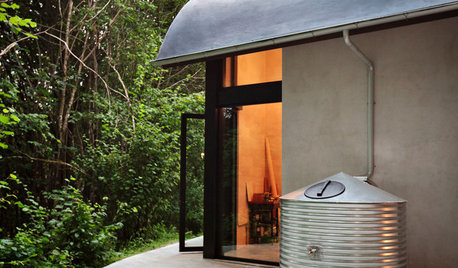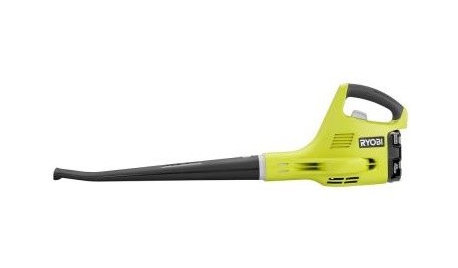Lawn overwhelmed
TheWeedsAteMyBaby
10 years ago
Related Stories

FRONT YARD IDEASBefore and After: Front Lawn to Prairie Garden
How they did it: Homeowners create a plan, stick to it and keep the neighbors (and wildlife) in mind
Full Story
EARTH DAYThe Case for Losing the Traditional Lawn
Work less, help the environment and foster connections by just saying no to typical turf
Full Story
LANDSCAPE DESIGN15 Great Ideas for a Lawn-Free Yard
End the turf war for good with hardscaping, native grasses and ground covers that save water and are easier to maintain
Full Story
GREAT HOME PROJECTSHow to Replace Your Lawn With a Garden
New project for a new year: Lose the turfgrass for energy savings, wildlife friendliness and lower maintenance
Full Story
GARDENING GUIDESTexas Gardener's May Checklist
Be especially water wise this month as you sow seeds, tend to your lawn and plant edibles, grasses and flowers
Full Story
GARDENING GUIDES6 Dependable Ground Covers for Warm Climates
Swap some lawn for these drought-tolerant clumping plants — and watch your maintenance efforts diminish while they easily grow
Full Story
FALL GARDENING8 Must-Have Tools for Fall Backyard Prep
Autumn outdoor work feels overwhelming, but these handy tools can keep it under control
Full Story
GARDENING GUIDES10 Tips to Start a Garden — Can-Do Ideas for Beginners
Green up your landscape even if you're short on time, money and knowledge, with these manageable steps for first-time gardeners
Full Story
LANDSCAPE DESIGNGardening for Happy Kids
Foster creativity, self-esteem and more by designing your landscape with a sense of discovery
Full Story
GARDENING GUIDESEvocative Plants to Awaken All the Senses
Slip into a garden wonderland that brings more than mere visual delight, by including these grasses, flowers and herbs
Full Story





tiemco
TheWeedsAteMyBabyOriginal Author
Related Professionals
Baltimore Landscape Architects & Landscape Designers · Deer Park Landscape Contractors · El Reno Landscape Contractors · Huntley Landscape Contractors · Kahului Landscape Contractors · Longview Landscape Contractors · Lynwood Landscape Contractors · McLean Landscape Contractors · Oviedo Landscape Contractors · Salem Landscape Contractors · University City Landscape Contractors · Waldorf Landscape Contractors · Lauderdale Lakes Landscape Contractors · Maple Heights Landscape Contractors · Roseville Swimming Pool Buildersdchall_san_antonio
grass1950
TheWeedsAteMyBabyOriginal Author
tiemco
kevingalaxy
hillseeker
andy10917